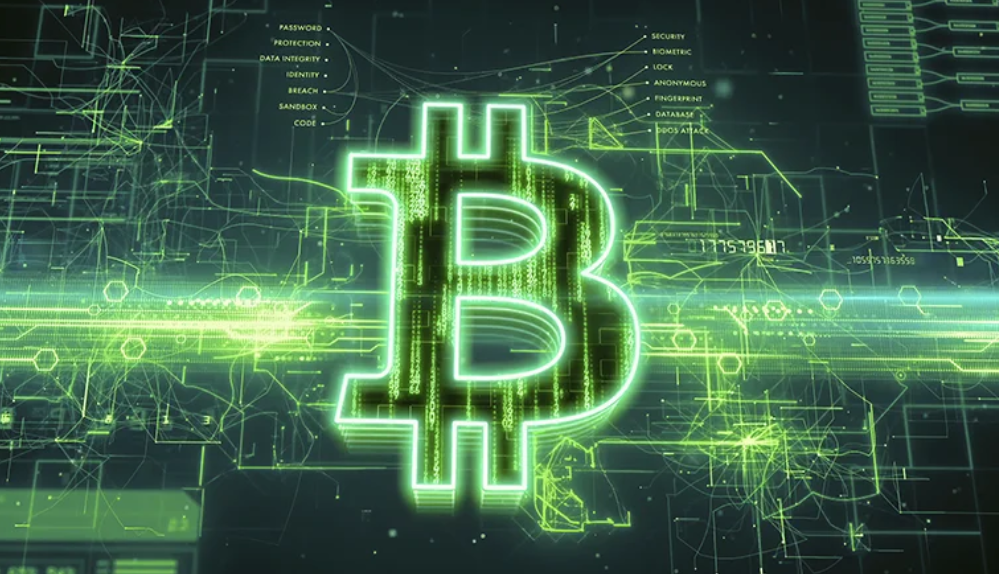Dai has garnered attention for its ability to maintain a stable value while promoting transparency and decentralization. In this article, we will dive into the intricacies of the mechanism behind Dai, exploring how it achieves stability in a decentralized manner. While exploring Dai’s stability, the complex realm of online trading, where platforms like xBitcoin AI thrive, offers another intriguing facet to the crypto market.
The Role of Collateral
Collateral plays a crucial role in the mechanism behind Dai and its decentralized stability. In the world of decentralized finance (DeFi), collateralization is a fundamental concept that ensures stability and value preservation.
In the case of Dai, users lock up their collateral assets in a smart contract called a Vault. These collateral assets serve as a guarantee for the value of Dai in circulation. The concept is simple: for every Dai minted, there must be an equivalent value of collateral locked in the system.
The use of collateral provides stability by mitigating risks associated with price volatility. If the value of the collateral falls below a certain threshold, the Vault is subject to liquidation. This means that the collateral is sold off to cover the outstanding Dai debt, ensuring that the system remains solvent.
The types of assets accepted as collateral in the Dai system include cryptocurrencies like Ethereum (ETH) and Basic Attention Token (BAT). By accepting a diverse range of assets, Dai achieves a level of decentralization and reduces dependence on a single asset’s performance.
Governance and Risk Management
One of the key entities responsible for the governance of Dai is MakerDAO. MakerDAO is a decentralized autonomous organization (DAO) that oversees the development and maintenance of the Dai stablecoin. Participants in the MakerDAO ecosystem, known as MKR holders, have voting rights in shaping the system’s policies and parameters.
The decentralized governance model ensures that the decision-making process is transparent and inclusive. MKR holders can propose and vote on changes to the stability fee, debt ceilings, and other critical parameters that influence the stability of Dai. This collective decision-making allows for adaptability and responsiveness to changing market conditions.
Risk management is another crucial aspect of the Dai ecosystem. The system implements various risk management strategies to maintain stability and safeguard the integrity of the collateral backing Dai. These strategies are designed to prevent the system from being exposed to excessive risk and ensure that it remains solvent.
For instance, the system applies a stability fee, which is an interest rate charged on outstanding Dai debt. The stability fee acts as a tool to manage the supply and demand dynamics of Dai. By adjusting the stability fee, the system can incentivize or disincentivize the minting and burning of Dai, thereby maintaining stability.
Stability Fee and Debt Auctions
The stability fee and debt auctions are essential components of the mechanism behind Dai’s decentralized stability. These mechanisms help maintain the equilibrium of the Dai system and ensure that the stablecoin remains pegged to its target value of 1 USD.
The stability fee is an interest rate charged on outstanding Dai debt. It serves as a tool for managing the supply and demand dynamics of Dai within the ecosystem. By adjusting the stability fee, the system can incentivize or disincentivize the minting and burning of Dai, thereby influencing its availability and stability.
When the demand for Dai is high, the stability fee can be increased to encourage users to burn their Dai, reducing the supply. Conversely, if the supply of Dai needs to be increased to meet demand, the stability fee can be lowered to incentivize users to mint more Dai. This dynamic adjustment of the stability fee helps maintain the stability of Dai by balancing its supply and demand.
Debt auctions play a critical role in managing potential insolvency risks within the Dai system. If a Vault becomes undercollateralized due to a decline in the value of the collateral, it is subject to liquidation. In such cases, debt auctions are conducted to sell off the collateral in order to recover the outstanding Dai debt.
During a debt auction, the collateral is put up for sale, and participants bid with Dai to acquire the collateral. The proceeds from the auction are used to repay the outstanding debt, ensuring that the system remains solvent and that the value of Dai is backed by sufficient collateral.
Conclusion
Through collateralization, governance, risk management, stability fees, and debt auctions, Dai ensures stability in the volatile world of DeFi. As we embrace the potential of decentralized finance, Dai stands as a testament to the resilience and reliability of decentralized stablecoins. Armed with this knowledge, we can navigate the ever-changing landscape of finance and appreciate the transformative impact of decentralized stability mechanisms.
